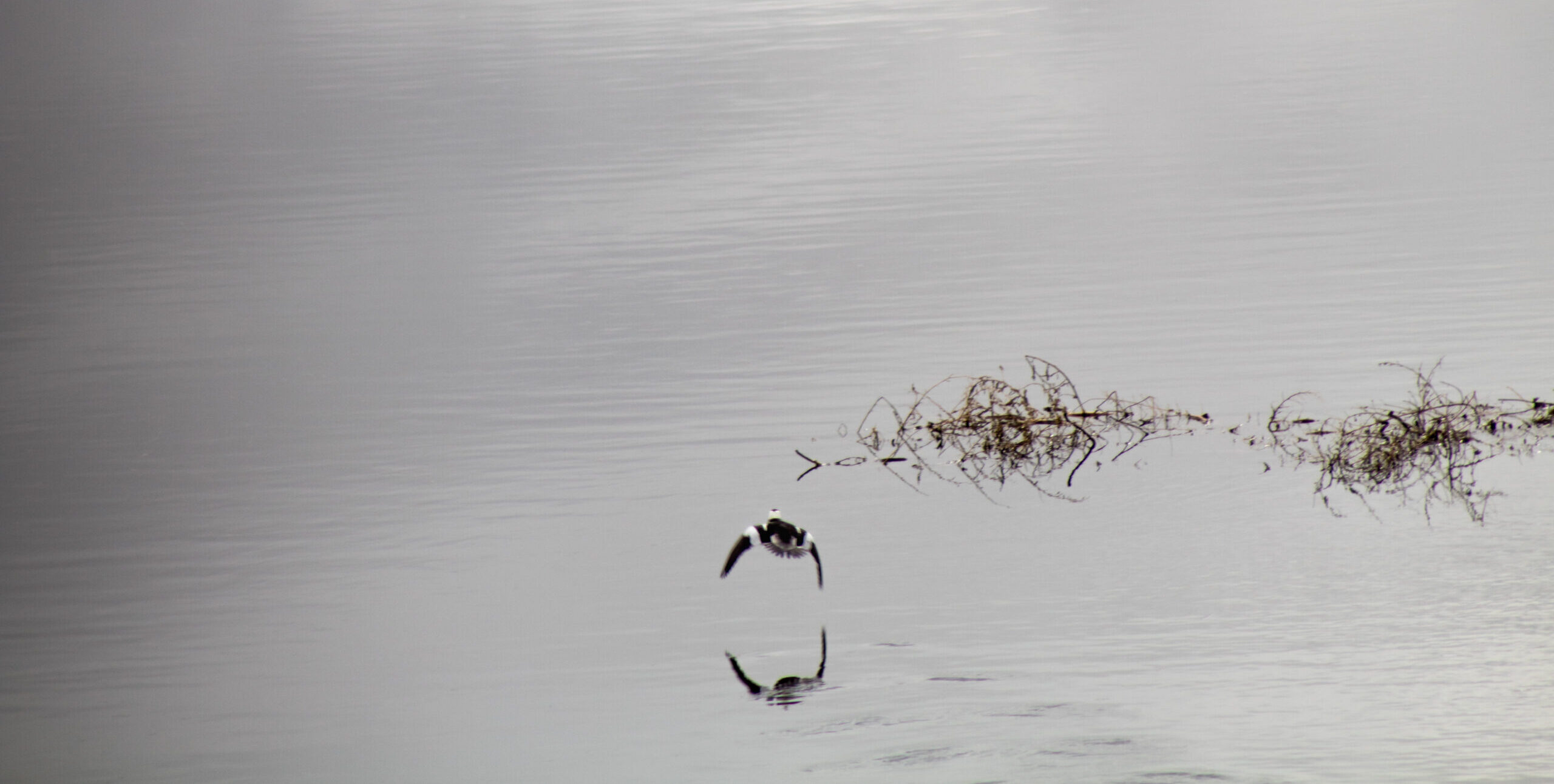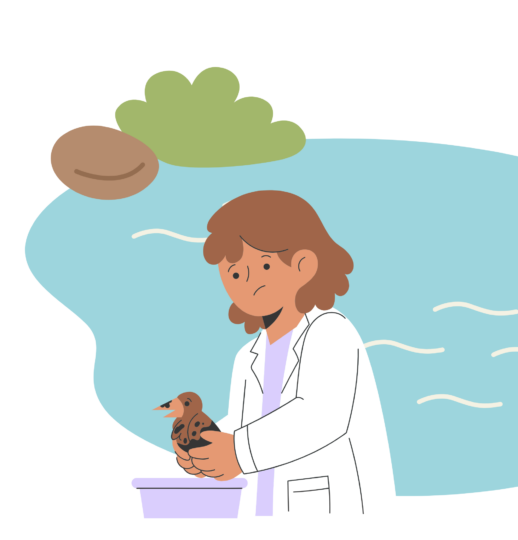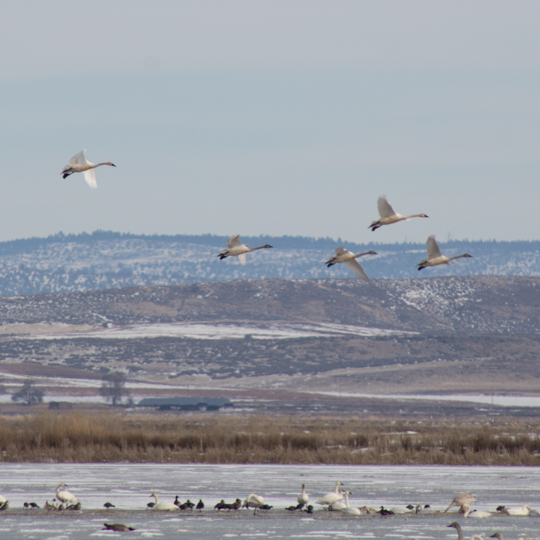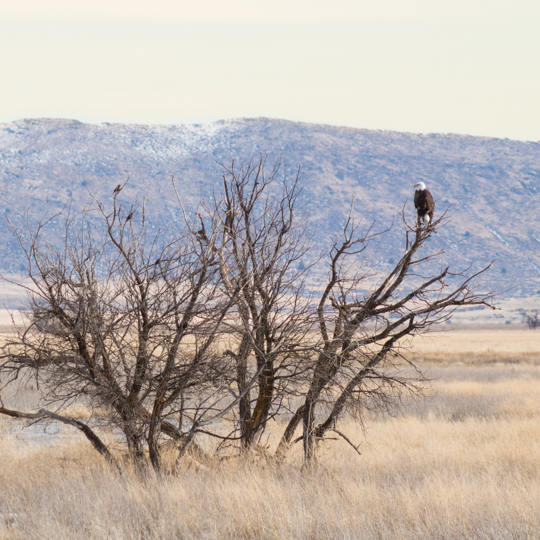Refill Our Refuges

The Klamath Headwaters ecosystem is in crisis.
In 2024, over 80,000 migratory birds died from botulism.
Pacific Flyway birds require water in Klamath refuges to survive.
Refill Our Refuges
How you can help

Write a letter
use your voice
- Write to the Secretary of the Interior about your concerns
- Acting Secretary Walter Cruickshank
Department of the Interior
1849 C Street, N.W.
Washington DC 20240
- Acting Secretary Walter Cruickshank
- Write to your federal, state, and local officials

Volunteer
Use your hands
These organizations are working directly to help birds in the Klamath Basin

Research
Use your mind
Here are some helpful links to organizations linked to our refuge systems:
An open letter from our CEO

To everyone who calls the Klamath Basin home;
I believe that you are a key stakeholder in this Basin, and so I want to take a moment to explain what Pacific Crest Federal Credit Union is doing and why. For a little background, Pacific Crest is a not-for-profit cooperative equally owned by every person who has an account at Pacific Crest. All told more than 24,000 people from all walks of life including tribal members, government employees, farmers, naturalists, hunters, educators, moms, dads, children, grandparents, aunts and uncles are members.
Our mission is to provide our members and communities with the opportunity to prosper. We believe that social health, physical health, and financial health are deeply interrelated, and that we can only achieve health in these areas when the environment is healthy. I think we can all agree that the Klamath Basin, and the Klamath Headwaters ecosystem are in crisis.
The greater Klamath Basin serves as the watershed and headwaters for the Klamath River. This unique ecosystem …continue reading
Frequently Asked Questions
The Klamath Basin National Wildlife Refuge is a key stopover area for many migratory bird species. Competing demands for water has created a situation where the refuge receives very little water, and what little water there is becomes stagnant. The stagnant water, coupled with hot conditions in late summer are a breeding ground for Avian Botulism.
Avian botulism affects all species of water birds, and the symptoms include paralysis which leads to drowning.
With modern road and irrigation infrastructure, the refuge system is effectively cut off from water naturally entering the system. Water must be purposefully routed into the refuges.
No, this is a water policy issue. In 2024 the inflows of water into the Basin were at or above average levels, the dam removal project downstream requested less water be sent down stream, and yet the water was stored in upper Klamath Lake above natural levels and not sent to the refuges where the water would have naturally flowed prior to the building of a series of canals and dikes in the early 1900’s.
No, this is a community issue that requires community attention and solutions. No finger pointing is happening. Pacific Crest’s membership is made up of farmers, tribal members, sportsmen, naturalists, public employees, and citizens who live in the Klamath Basin. We are deeply concerned for the future of our ecosystem, but we are not “taking sides.”
We understand that water is a hot button topic, and it would be simpler to be quiet, but doing nothing is not an option. Our call is for policy makers to provide water to the refuges before the situation is irreversible.
Like most complex issues, there is not one single action that will save the refuge system and the birds of the Pacific Flyway. For the time being, our only call is to encourage everyone in the basin to become informed and engaged, and for policy makers to Refill Our Refuges before the damage is irreversible.
Bird deaths are an easily quantifiable symptom of the problem, and addressing this single issue will help alleviate the damage being done to the Klamath Headwaters ecosystem. There are many other symptoms as well. The Klamath Midge has been noticeably absent from daily life for the past two summers. Grasshopper infestations have wreaked havoc on crops for the last two years. Along with Klamath River Salmon, the Klamath Sucker Fish is also on the endangered species list and numbers continue to decline alongside several other species that are expected to be added to the threatened or endangered species list in coming years.
Additional articles

Botulism Outbreak
Herald and News, Sep 24
- Estimated 80,000 waterfowl lives claimed
- USFWS confirms the die-off surpasses 2020 event
- Gadwalls, pintails and northern shovelers are the most affected duck species

Outbreak Kills Over 75,000
Bird Alliance of Oregon, Sep 24
- The worst refuge botulism outbreak in recorded history
- No more water will be released this year
- Long-term solutions are necessary to prevent massive outbreaks

$46 Million for Restoration
USFWS, Oct 24
- $46 million for Klamath Basin ecosystem restoration
- $3 million for Lake Ewauna Restoration
- $2.5 million for Tule Lake Flow Through Infrastructure Improvement